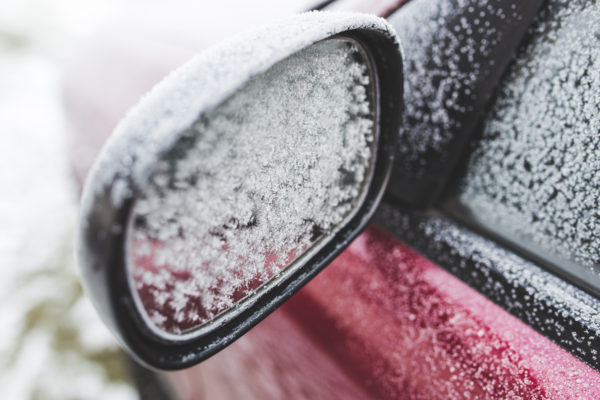
If you live in a cold climate, you’ve probably heard how essential it is to let your engine warm up before driving. You might even be in the habit yourself. But is it really necessary?
It turns out that there’s a lot of debate on that subject. Some say letting the engine warm up will make it run better and will reduce engine wear. Others say that leaving the car idling in the driveway wastes gas and is bad for the environment. Of course, some people just don’t like to sit in a cold car.
The Case Against Warming Up Your Car
The Environmental Protection Agency does not want you idling your car much. Their primary concern is the carbon dioxide and other exhaust gasses that the car gives off while idling. The engine is also at its least efficient when it’s idling. It’s using gas without going anywhere, so, as Chris M0oney at the Washington Post points out, you’re getting 0 miles per gallon. The engine also tends to run richer, using more gas, when it’s cold. Over time that puts a hit on your wallet. The rich running can also put more strain on your catalytic converter, which might mean you have to replace it sooner.
The EPA and the Department of Energy also note that idling doesn’t heat the engine up as quickly as driving will. The engine will work harder and produce more heat when it’s put under load.
The Case For Warming Up Your Car
Is running a cold engine under load a good idea, though? Your engine doesn’t run as efficiently cold as it does warm, and oil is thicker when it’s cold, which means there’s more resistance in the engine. Your experience might also tell you that your car’s moving parts get lethargic when it’s cold out. If you drive stick, you might have noticed that the shifter and clutch feel particularly stiff on bitter winter mornings. The friction in the engine might, over time, wear on your engine parts. While idling your car every morning might use up a lot of energy, so does manufacturing a new car. Keeping a car running well for longer is environmentally friendly.
The Right Way to Warm Up Your Car
So, should you warm up your car or not? At this point, it seems like a pretty complicated risk-benefit analysis. Your best bet is probably to take the middle path. Warm the engine up briefly. Even the EPA says to idle for 30 seconds. The hosts of NPR’s Car Talk recommend a couple of minutes. They also recommend that you drive gently at first to reduce the strain on the cold engine. If you let it go more than that, though, you’re probably wasting time, gas, and money.
Warming Up Carbureted Engines
Another thing to keep in mind is that all the above information refers to fuel injected engines. If you have an older, carbureted car, your carburetor won’t work its best until the engine reaches operating temperature. As Popular Mechanics points out, a cold carb won’t give your engine the proper air-fuel mix and could make the engine run rough or even stall. If your engine is carbureted, you’ll probably have to warm your car up a bit longer.
Car Warm-Up Safety
Finally, here are two important safety tips about warming up your car. First, don’t warm up your car in a closed garage. The garage can fill with carbon monoxide, which humans can’t breathe. The fumes can even leak into your house. Second, and this should be obvious, but I’m going to say it anyway, if you need to warm up your car longer in order to defrost your windshield, do so. Don’t drive around with partial visibility just to save on gas.
